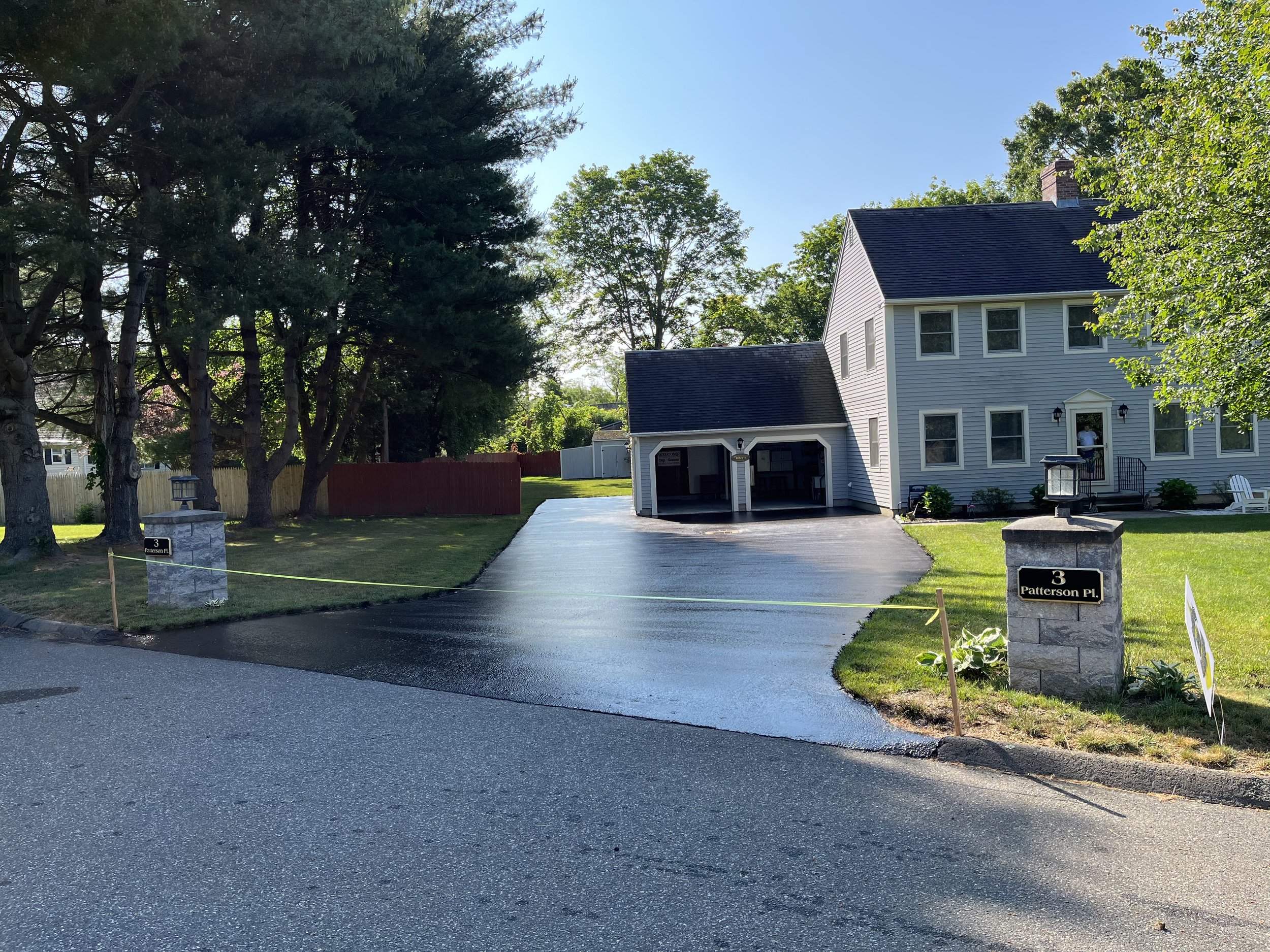Swift Solutions for Asphalt Spot Repair: Optimum Securing Strategies
Swift Solutions for Asphalt Spot Repair: Optimum Securing Strategies
Blog Article
Cold Mix Asphalt Vs. Hot Mix Asphalt: Which Is Right for You?

Make-up Distinctions
Cold mix asphalt is generated by emulsifying the asphalt binder with water and an emulsifying representative prior to blending it with accumulation. The warm mix asphalt manufacturing procedure includes warming the accumulation and asphalt binder individually prior to integrating them at the asphalt plant.
Furthermore, cold mix asphalt tends to be less thick and more versatile than hot mix asphalt. This flexibility makes it better suited for areas with higher degrees of activity, such as driveways or roadways with rush hour. On the other hand, warm mix asphalt is recognized for its high longevity and resistance to rutting and breaking, making it a preferred selection for freeways and high-traffic roadways where durability is crucial.
Setup Process Variations
The procedure of installing chilly mix and hot mix asphalt displays notable variations in their treatments and needs. In contrast, hot mix asphalt requires an extra sophisticated installment process. Due to the heating demands, warm mix asphalt setups are typically brought out by experts with customized equipment, making sure an extra permanent and structurally sound outcome.
Resilience and Durability Aspects
When thinking about asphalt options, longevity and durability are vital factors to assess for long lasting pavement performance,. Hot mix asphalt (HMA) is understood for its phenomenal longevity and long life. The heats during the mixing and laying process allow for far better compaction, resulting in a denser and more powerful sidewalk structure. This leads to HMA being much more immune to rush hour lots, rough climate condition, and the results old compared to cool mix asphalt (CMA)
In regards to durability, HMA usually outperforms CMA as a result of its remarkable strength and resistance buildings. HMA sidewalks have a longer service life, calling for less constant repairs and maintenance, which can translate to set you back savings in the long run. Additionally, HMA pavements are extra quickly personalized to satisfy particular job demands, additionally improving their sturdiness.
Price Considerations
Considering the financial effects is a crucial aspect when evaluating the choice in between warm mix asphalt (HMA) and chilly mix asphalt (CMA) for sidewalk projects. While the preliminary expense of hot mix asphalt is commonly higher than that of chilly mix asphalt, HMA often provides a much more cost-efficient service in the long run due to its superior durability and longevity.
Along with material prices, it's necessary to take into consideration the expenditures linked with installment and maintenance when comparing HMA and CMA. HMA usually needs customized devices and proficient labor for proper installment, which can affect overall project prices. Conversely, CMA is less complicated to collaborate with and can frequently be used making use of easier techniques, potentially lowering installment expenses. Ultimately, the my response decision in between HMA and CMA ought to consider not simply the preliminary expense but likewise the long-term monetary implications to identify one of the most cost-effective alternative for the particular sidewalk project.
Environmental Impact Contrast
Contrast of the ecological impacts in between hot mix asphalt (HMA) and chilly mix asphalt (CMA) reveals distinctive distinctions in sustainability methods. HMA manufacturing needs high temperatures, leading to raised power intake and greenhouse gas exhausts.
In addition, making use of CMA often involves reusing existing asphalt sidewalk, promoting resource conservation and lowering the amount of waste sent out to land fills. This reusing facet better improves the sustainability of CMA compared to HMA. Overall, when thinking about the ecological effect, CMA emerges as an extra ecologically sustainable option due to its reduced energy requirements, minimized discharges, and the potential for reusing existing products. By going view with CMA over HMA, road building jobs can add favorably to ecological preservation efforts.
Conclusion
To conclude, the option between cool mix asphalt (CMA) and hot mix asphalt (HMA) depends upon numerous factors such as make-up, setup procedure, resilience, durability, price, and environmental influence. angle parking. While CMA uses a affordable visit homepage and fast remedy for small repairs, HMA makes sure superior toughness and long life for heavy traffic locations. Consider these variables carefully to identify which kind of asphalt is the best selection for your paving requires

Considering the monetary effects is an essential element when reviewing the option in between hot mix asphalt (HMA) and chilly mix asphalt (CMA) for pavement tasks. While the initial expense of warm mix asphalt is commonly greater than that of cool mix asphalt, HMA frequently offers an extra affordable option in the lengthy run due to its premium resilience and durability. cold mix asphalt.Comparison of the environmental effects in between hot mix asphalt (HMA) and cool mix asphalt (CMA) discloses distinct differences in sustainability practices.In final thought, the choice between chilly mix asphalt (CMA) and hot mix asphalt (HMA) depends on different aspects such as make-up, installation procedure, sturdiness, durability, expense, and ecological influence
Report this page